Big news is bubbling up in wine country. Grapes you haven’t heard of yet are about to steal the show in 2025, bringing fresh flavors and wild backstories with them. Winemakers and plant scientists are letting loose, mixing tradition with science to craft boldly original wines that are anything but boring.
What makes a new grape varietal the “hot ticket” this year? It starts with wild flavors—think juicy, punchy, and unexpected. Then there’s the winemaker’s knack for blending science with pure fun, using hardy crossbreeds and secret family vines to push wine in new directions. If you want to see how these upstarts are shaking things up on the bottle shelf, keep reading for the lowdown on grapes that promise to surprise your palate.
Curious how growing conditions turn ordinary grapes into flavor rockets? Explore the impact of drought on West Coast wine flavors for more behind-the-scenes details.
Wine Trends for 2025: What’s New and Why It Matters
Wine in 2025 keeps surprising even the savviest sippers. New grape stars are popping onto the scene, bold blends are rocking the bottle lineup, and both tradition and tech are getting their moment in the sun. The thirst for something different is real—on every continent, people crave flavors that tell a story, stand out on a crowded shelf, or pair perfectly with a Thursday night takeout. What’s behind these shifts, and why should you care? Get ready: the answers are juicy, zippy, and full of fresh twists.
The Shift in Global Wine Tastes
If you thought wine lovers only wanted bold reds and classic whites, think again. Around the globe, tastes are shifting faster than a sommelier swapping corks for cans. Light-bodied reds, vibrant rosés, and unexpected orange wines now headline dinner tables from Brooklyn to Berlin.
- Younger drinkers crave wines that are refreshing, easy to sip, and Instagram-friendly.
- Lower alcohol wines and fun blends are gaining major followers.
- Winemakers are spotlighting local grapes once ignored, giving wine-newbies a sense of place in each sip.
According to recent predictions, unexpected grapes and $30 bottles are winning hearts in 2025. Non-alcoholic options also continue carving out their own lane, as more drinkers mix wellness with curiosity. Bottom line: the world wants wine that’s adventurous but approachable.
Winemakers Get Playful with Grapes
Why stick to the same old grapes every year? Winemakers in 2025 are channeling their inner mad scientist, experimenting with crossbreeds and rare parentage. The reason is simple: discovery tastes good.
Some are reviving grapes forgotten for a century, while others invent new varietals that tackle harsh growing conditions. The thrill? Every harvest feels like a roll of the dice, where a single vine might spark the next big hit.
- Playful small-batch releases test out crowd reactions.
- Limited editions from experimental vines turn collectors into loyal fans.
- Hybrid grapes can handle wild weather, opening doors for vineyards in surprising regions.
Winemakers hope their wild grape gambles will not only wow your palate but also future-proof their craft. It’s less about perfection, more about fun, flavor, and surprise in every bottle.
Climate Challenges and Fresh Flavors
Mother Nature is tossing winemakers curveballs—fires, drought, hotter summers. The result? Grapes that have to toughen up or tap out. In places like California or Oregon, drought conditions are forcing vintners to get clever, planting heartier varietals that thrive with less water.
- These new grapes deliver intense, concentrated flavors you’ll notice right away.
- Some produce lighter wines with unique mineral notes, others swing bold and spicy.
- Global wineries are scouting grapes that shrug off climate swings, adding quirky newcomers to their roster.
To see the climate’s impact up close, take a peek at the 2025 update on drought’s impact on West Coast wines. It’s a mini crash course in how a tough year can spark unexpected deliciousness.
Technology and Tradition Collide
Tech is now wine country’s BFF, but tradition isn’t going anywhere. What happens when drones, data crunchers, and old-school barrel aging join forces? We get grapes that were once impossible to grow, along with wines that blend innovation and memory.
- Climate sensors help pick the best days to harvest.
- Labs help test new blends, while hands-on vineyard work keeps things rooted.
- In the cellar, age-old tricks like wild yeast fermentation meet clever aging gadgets.
Labels are getting their glow-up too. Bottles don’t just taste wild—they look it. Creative designers are making labels that jump out on the shelf, combining art, local flair, and a splash of quirky attitude. Dive into the designs shaking things up in the 2025 Wine Label Design Guide for a visual treat.
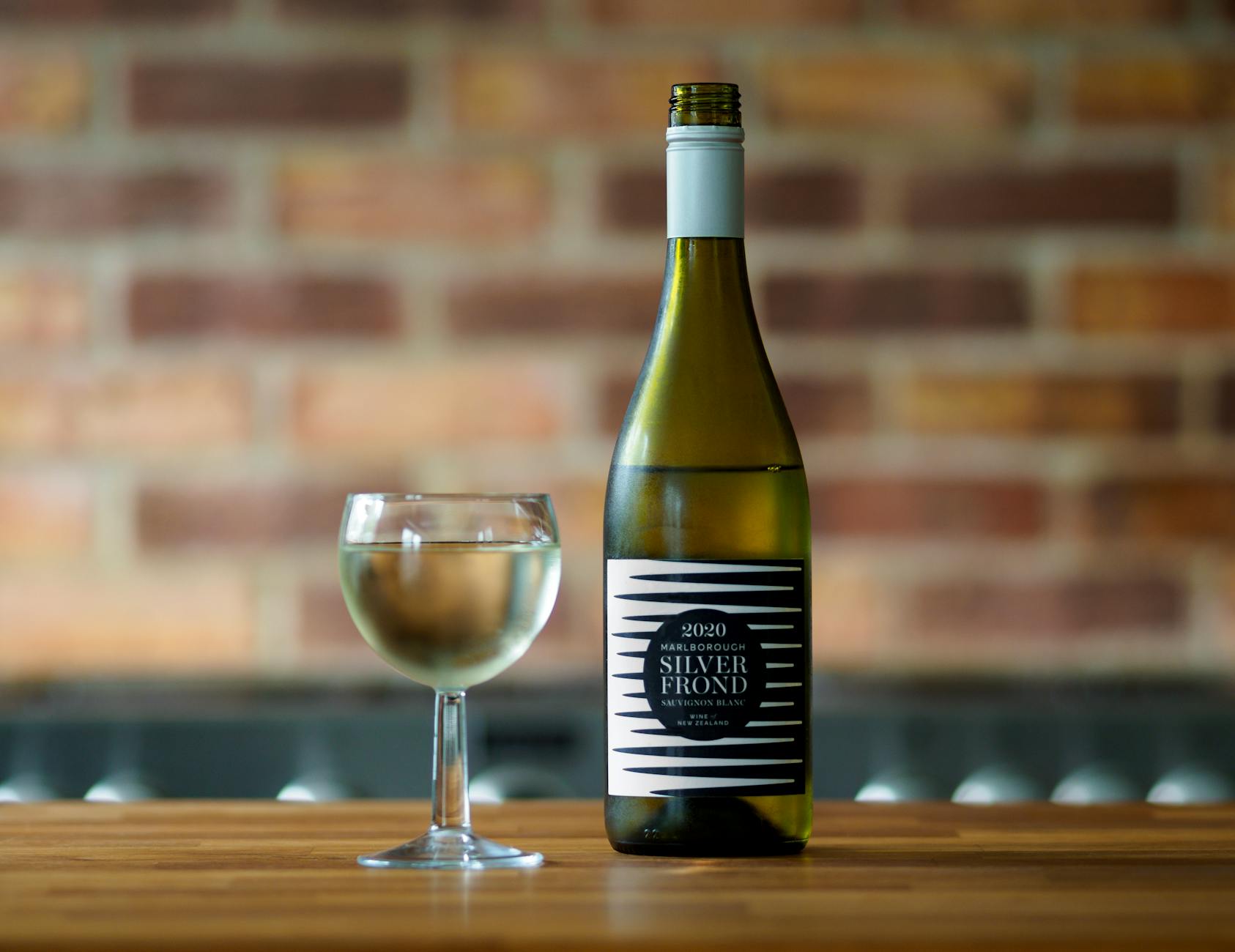
In 2025, wine isn’t just in your glass—it’s in your feed, on your shelf, and waiting for you to take a risk on the next big grape.
Meet 2025’s Boldest Grape Varietals
Across the world’s vineyards, daring grape varietals are shaking up every sip and swirling old traditions into something brand new. This year’s headliners range from punchy reds that twist your expectations to fresh whites and boundary-breaking hybrids, all ready to grab the limelight. Let’s pop the cork on the newest crowd-pleasers.
Red Grapes That Break the Mold: Spotlight Bold Reds—Marquette, Teroldego, Tannat, and Dornfelder
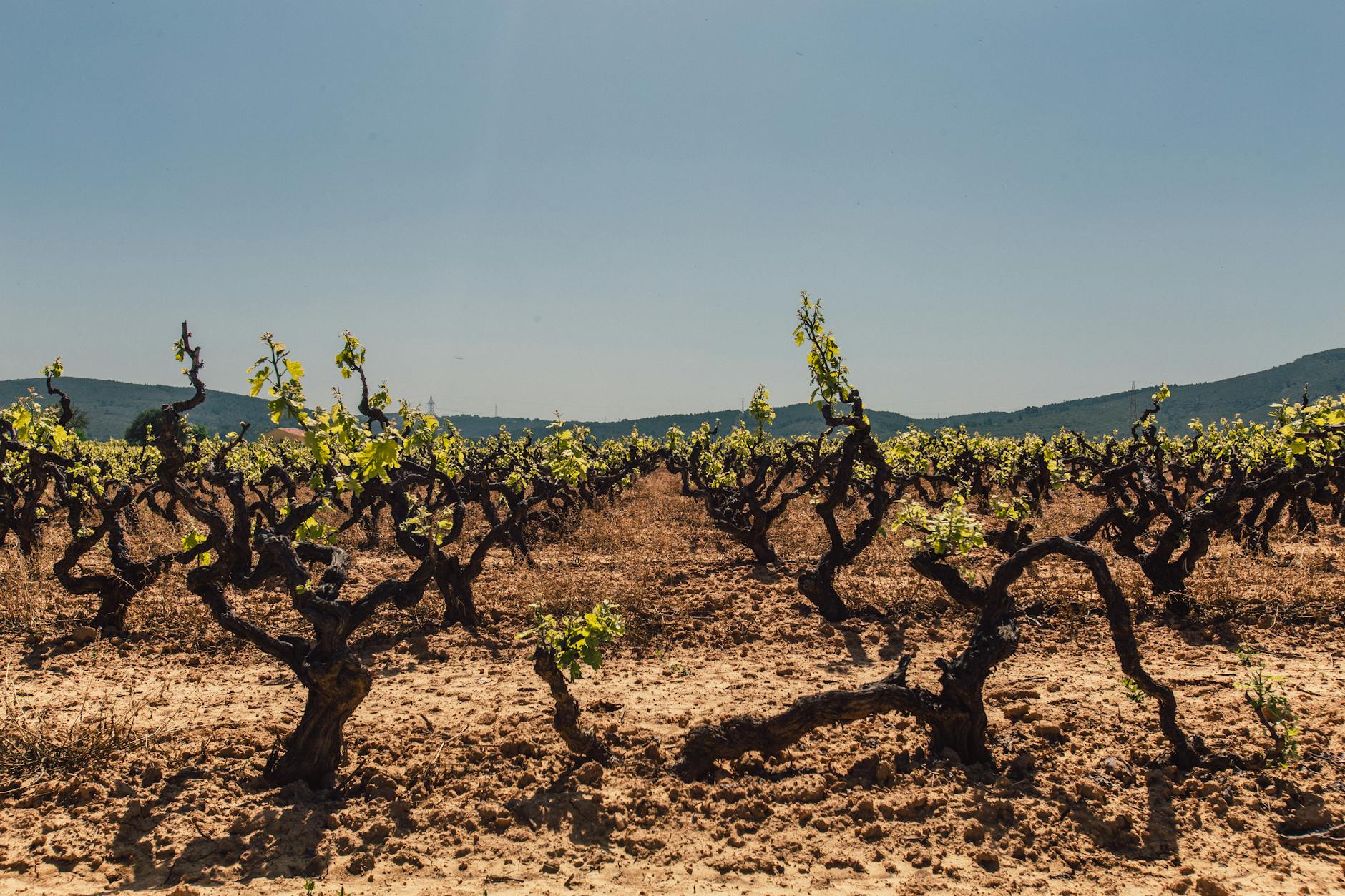
Wine lovers searching for reds with attitude are in luck. Here are four varietals primed to surprise:
- Marquette: Born from cold-climate breeding, Marquette is a rockstar in rugged vineyards. Its deep color hints at cherry and spice, while its soft tannins keep the finish lively, not heavy.
- Teroldego: Imagine a mashup of juicy berries and minerality. Teroldego shows off dark fruit, a bit of earth, and lively acidity that makes food pairing a breeze.
- Tannat: Known as the heavyweight champion from Uruguay and parts of France, Tannat piles on plum flavors and bold tannins. Modern winemakers are taming its wild side, making it smoother but still packing a punch.
- Dornfelder: Germany’s answer to easy-drinking reds, Dornfelder bursts with blackberry flavor and a splash of floral aroma. It’s friendly, versatile, and carries a color so vibrant it practically glows in the glass.
Want to see how these unconventional reds compare to classic choices? Check out the best red wines to drink right now in 2025 for more recommendations.
White Grapes Turning Heads: Alvarinho, Godello, and Grenache Blanc—New Whites with Punch and Personality
White wine lovers, meet your new muses. These bold whites are leaving Chardonnay in the dust.
- Alvarinho (Albariño): This zesty varietal from Portugal and Spain brings a fireworks show of citrus, salt air, and peach to every pour. Sip it with seafood, and you’ll feel the ocean breeze.
- Godello: Less common but incredibly appealing, Godello features bright acidity and a lush texture. Expect flavors ranging from green apple to almonds, with a savory, mouthwatering twist.
- Grenache Blanc: Usually a team player in blends, Grenache Blanc is stepping up as a solo act. It swings between stone fruit, floral aromatics, and a neat mineral edge that grabs your attention.
For a deeper look into what’s trending with refreshing whites, see the top 10 white wine trends of 2025.
Crossing Borders: International Varietals Making Waves
Think you know every grape’s home base? Guess again. Old favorites are packing their bags and thriving in brand new places:
- Aglianico: Once a Southern Italian staple, Aglianico is now hitting big in California and Australia. Its robust black fruit, pepper, and earthy notes are grabbing winemakers’ attention far from its roots.
- Carménère: After being rediscovered in Chile, Carménère’s plum and spice profile is now popping up in vineyards from New Zealand to China.
- Petite Sirah: This intense, inky red is traveling from California to South America and even parts of Europe, thrilling fans with blueberry, chocolate, and peppery punch.
New grape oddballs are joining the global party, with regions swapping cuttings and sharing secrets. For a peek at even more new grapes in 2025, read about exciting new grape varieties set to dazzle wine enthusiasts.
New Kids in the Vineyard: Hybrids and Creations
Mother Nature and winemakers are teaming up in the lab and field to birth all-new grape hybrids. Climate change and pest pressures mean these newcomers aren’t just experiments—they’re survival strategies.
- PIWI Grapes: Born in Europe’s research stations, PIWI (fungus-resistant) grapes like Solaris and Regent are thriving with fewer chemicals and more flavor.
- Quirky Hybrid Wines: New York’s chill vineyards champion hybrids like Traminette and Noiret, hitting glasses with big personality and knockout backstories.
- From Lab to Bottle: These grapes sprint from greenhouse to bottle faster than their Old World cousins, letting winemakers react to what the weather brings.
Hybrid grapes are not only practical but are catching attention for their offbeat notes—think punchy fruit, herbal twists, and a style all their own. Explore the idea of hybrid grapes saving wine from climate change for a fascinating look at their growing importance.
These new faces prove that the vineyard never stops surprising us—there’s always a bold grape looking to steal the spotlight.
Wine Styles and Food Pairings for the Adventurous
Wine is at its best when it’s shared—ideally with bold flavors and a little bit of showmanship. These new grape standouts are not just for sipping alone. Each bottle invites you to mix, match, and play with foods both familiar and unexpected. Get ready for some pairing ideas, snack hacks, and smart buys that’ll turn your next tasting into an adventure.
Pairing Bold Reds with Food: Offer straightforward pairing ideas for the powerful reds from this year’s lineup.
Rich, punchy reds like Marquette, Teroldego, Tannat, and Dornfelder bring drama to the table. For these high-energy grapes, match power with power.
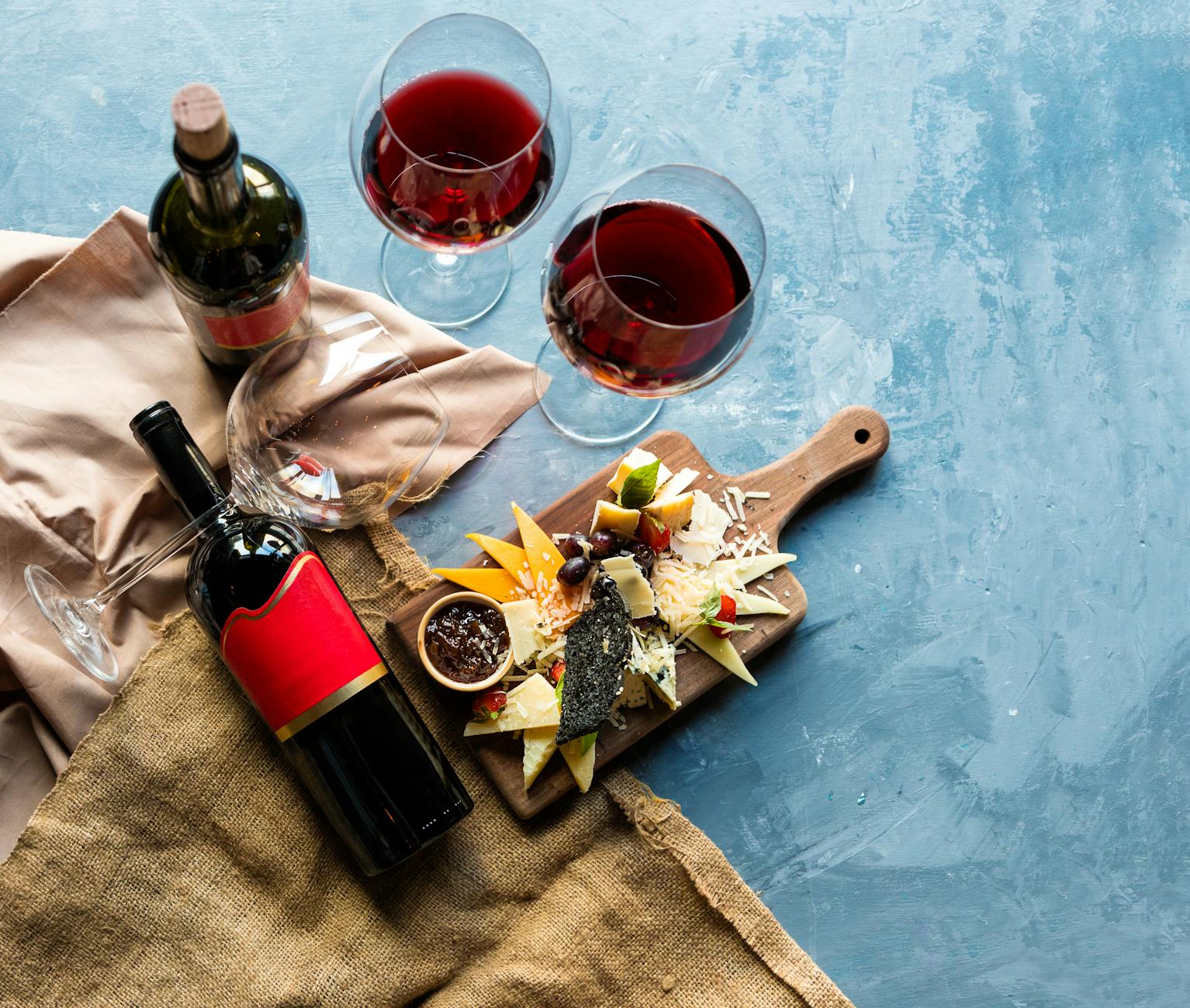
Here’s how to make those flavors sing:
- Charred Steak or Grilled Lamb: Grippy tannins in Tannat or Teroldego handle fat and smoke, making every bite bolder.
- Spice-Rubbed Ribs: Marquette’s splash of cherry and low tannin soften spicy barbecue.
- Mushroom Risotto: Earthy Dornfelder and portobello are a dream team.
- Roast Veggie Bowls: These reds lift up root veggies glazed with balsamic or herbs.
If you want to nerd out on reliability, the classic red-meat-red-wine approach is backed by science. For more tips, peek at the Food and Wine Pairing Guide for even more fearless combinations.
The White Wine Wildcard: Snack, Cheese, and Beyond
Throw out the rulebook—these new whites are party starters. Alvarinho, Godello, and Grenache Blanc pair with much more than chicken Caesar salads.
Snacks for your next happy hour or backyard hangout:
- Fresh Sushi or Ceviche: Alvarinho + ocean brine = instant vacation.
- Aged Manchego or Goat Cheese: Godello’s texture loves a salty, nutty cheese. Try Spanish tapas for bonus points.
- Crispy Fried Chicken: Grenache Blanc slices through the crunch with florals and a citrus kick.
- Spicy Hummus and Veggies: Godello cools down the heat, making snack time a dance party.
- Baked Brie with Apricot Jam: Sweet dairy and white fruit notes? They go together like best friends at brunch.
Cheese boards? Think creamy and salty. Add stone fruits, marcona almonds, or whatever’s in your snack drawer. For tips on how to host your own food-and-wine bash, see the guide to hosting wine tastings.
Collectible Bottles: What to Snap Up for 2025
Intense flavors and off-the-wall stories mean these newcomers are likely to become collectors’ favorites. If you love aging wines and bragging rights, you’ll want to watch for these names.
Here are a few worth stashing away:
| Grape | Region | Why It’s Worth Collecting |
| Marquette | US/Canada | Rare, cold-hardy, spicy–cellars well |
| Teroldego | Italy/US | Dark fruit and minerals only get deeper |
| Godello | Spain | Grows creamy, nutty, and wow-worthy |
| Grenache Blanc | France/US | Complex, gains weight, and richness |
Deep reds like Marquette and Teroldego develop smoother edges with three to five years rest. Whites such as Godello transform in the cellar, picking up honey and almond notes that could surprise you during future dinner parties.
Tasting Tips for Bold Wine Adventures
New wines mean new rules, or maybe no rules. Keep it playful and stay curious—these bottles don’t judge.
For your next bold tasting:
- Taste with Friends: Adventure is better when shared. Each person picks up different notes.
- Try Tasting “Blind”: Hide the label, pour a glass, and see where the flavors take you. Little surprises are guaranteed.
- Temperature is Key: Chill whites, but don’t make them icy. Let reds breathe, but don’t cook them on the counter.
- Snack in Between: Keep cheese, crackers, or apples nearby. Your palate will thank you.
Feeling shy? Check out the Beginner’s Guide to Wine Tasting to start strong and sip like a pro.
New grape varietals are here to shake up your table, travel bag, and maybe even your cellar. Take a risk, pop a cork, and let your food pairings roam a little wild.
The People Behind the Grapes
Every unforgettable bottle starts with bold people. The faces behind 2025’s new grape hits aren’t quiet types. They’re real-life flavor chasers, risk takers, and award snubbers shaking up your cellar. These rebels don’t just harvest and blend, they live for surprises. And if you’re sipping something you’ve never tasted before, chances are someone took a real gamble to get it in your glass.
Meet the Winemakers Taking Chances

Ever wonder who’s behind that wine label that makes you do a double-take? Meet a rising crew of winemakers who laugh in the face of “safe.” Instead, they:
- Swap in unexpected grapes where others wouldn’t dare.
- Test wild, small-batch experiments that might yield a winner—or another excuse story for the winery bar.
- Mix time-honored techniques with new tools, sometimes blending centuries-old methods and today’s tech like yeast whisperers with Bluetooth friends.
Take, for example, the iconoclast running a tiny vineyard in coastal Oregon, swapping Pinot Noir for Marquette and turning heads with crazy-tart reds. Or the second-generation vintner in Spain, bringing Godello out from under Albariño’s shadow and breaking up the local monoculture, sip by glorious sip. These folks break molds and bank on instinct, always hunting for the next flavor bomb that sets their friends buzzing and critics arguing.
Growers Betting on Bold
Behind every glass of new wine is a grower staring at their field, weather app in hand, guessing if this year’s “what if” will be a jackpot or a flop. Growing new varietals is like rolling dice with the family land. These are the risk-takers who dig up Chardonnay to plant Grenache Blanc, or trial fungus-resistant PIWI hybrids because sustainability pays off, even if it’s scary at first.
You’ll find them:
- Planting rare vine cuttings shipped in from abroad, then staying up late wondering how they’ll survive next year’s storms.
- Building networks with universities and research stations, chasing secret tips about climate resistance and untapped flavors.
- Inviting locals to taste-test experimental patches—sometimes motley, sometimes brilliant.
When new grapes succeed? Their farms earn bragging rights and sometimes even attract buyers lining up for first dibs. When crops flop, they shrug, pour a glass, and plan next season. You have gutsy growers to thank for the wild white or sassy red in your next mixed case.
A New Generation of Wine Lovers
Wineries everywhere are trying to catch the attention of a crowd who loves breaking rules—young drinkers, curious first-timers, and anyone bored with “the usual.” This new crew brings their own style to wine. They want:
- Sustainable and organic bottles to match their grocery lists.
- Eye-popping labels that look good on TikTok and the dinner table.
- Surprising taste over “status” or intimidating language.
For them, wine is less about money and more about curiosity, adventure, and good laughs with friends. They’ll try a hybrid grape just because it’s fun, snap pics of funky orange wines for the ‘gram, and swap tasting tips online before the bottle is even finished—no gatekeeping, no pressure, just big opinions and fresh flavors leading the way for everyone else.
This new fan base is so influential that producers big and small now keep a close eye on trends bubbling up on social media, using feedback to shape the next season’s lineup. Their bold taste is a shot of energy right into the vineyard, reminding everyone that wine can be wild, welcoming, and full of surprises.
If you’re keen to learn how new wine trends take off or want some tips for joining the fun, check out the Beginner’s Guide to Wine Tasting and start your own adventure with 2025’s outspoken grapes.
Where to Find and Buy 2025’s Hottest Grape Varietals
The hunt for this year’s buzzworthy grapes is half the fun—think of it like searching for rare sneakers, only tastier and with a better story to tell at dinner. With bold new varietals popping up all over, you don’t have to trek to the ends of the earth or know a secret handshake. These wines are just waiting to be discovered in surprising (and familiar) places.
Browsing Local Wine Shops Like a Pro
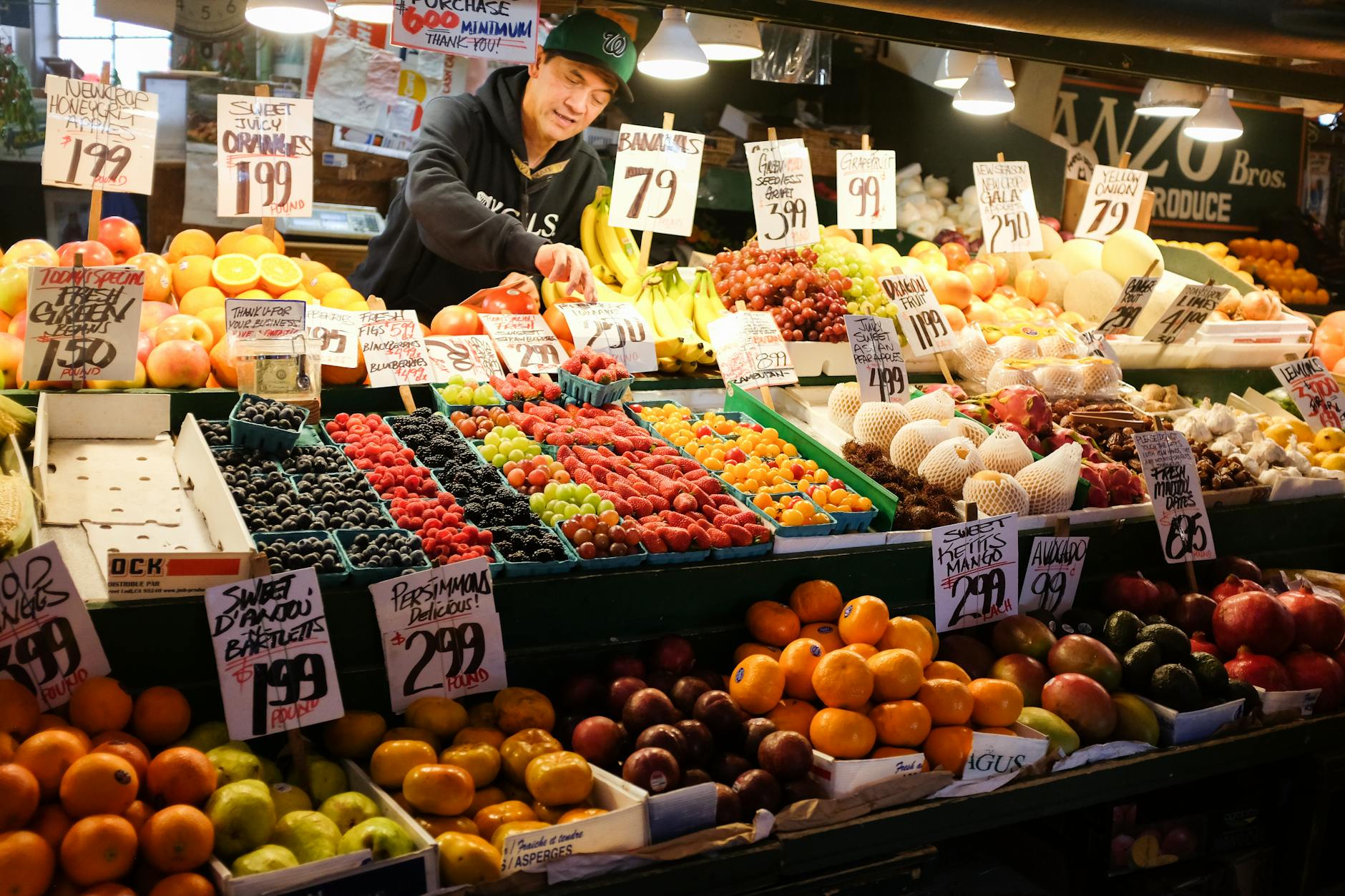
Step into your favorite bottle shop and you’ll see more than just tired old cabernet. Independent shops love to show off lesser-known grapes—Marquette, Godello, Grenache Blanc—so poke around the shelves and don’t be shy about asking what’s new.
Smart moves for the adventurous:
- Scan for handwritten signs or “Staff Picks” tags: These often spotlight limited releases or quirky new arrivals.
- Chat up the staff and drop grape names like you’re in the know. If you casually mention “PIWI” or “Teroldego,” you’ll earn instant wine-nerd credibility (and score meaningful suggestions).
- Look near the register or on “trending” shelves—shops often display the season’s boldest finds in plain sight, so buyers don’t miss out.
For more handy hints on deciphering the wild world of wine language, check out tips on understanding wine labels explained. This will come in handy for decoding grape names that sound more like fonts than drinks.
Scoring Online: Click and Sip
Let your mouse do the grape hunting. Online retailers and wineries let you pre-order, mix cases, and nab bottles you’d never see at the grocery store.
- Specialty online wine stores: Shops like Double A Vineyards and Wine Grapes Direct offer everything from rare hybrids to ancient-vine must. These sites are goldmines for curious drinkers who want to try before anyone else.
- Discovery wine clubs: Many clubs specialize in up-and-coming grapes, sending trendsetting bottles to your door each month. Keep your eyes peeled for clubs with rotating “hot picks” and varietal spotlights.
Always check if your chosen store ships to your state, and remember vintage and vintage noise matter. Double-check that you’re getting the newest wave of releases if you’re a trend-hunter at heart.
Visiting Wineries and Tasting Rooms
Make a day trip to your local wine region. Tasting rooms are the best way to meet the new stars up close and personal, often before they hit retail shelves. Many wineries host “release parties” for their latest experiments or have secret-off-menu pours only for guests in the know.
What to do at the winery:
- Ask about experimental or limited-edition grapes—even small producers love sharing new pet projects.
- Visit during spring and summer, when many debut new varietals.
- Snap a pic of the bottle and jot down the grape names in your notes app for later internet sleuthing.
If you’re a collector (or just looking for bragging rights), sign up for the winery’s email list so you’re first in line for the next wild vintage.
Finding New Varietals on Restaurant Wine Lists
You don’t need to book a flight to try the boldest grapes of 2025—just scan your favorite restaurant’s wine list with a sharp eye and a dash of curiosity. Here’s how you spot the fresh stuff:
- Look for sections labeled “Unusual Varietals,” “Sommelier Picks,” or “Wines Off the Beaten Path.”
- Names you don’t recognize are a good thing; that unexplained white or hard-to-pronounce red is probably a hidden gem.
- Trust the by-the-glass section for low-risk sips—try a pour before committing to a full bottle.
When in doubt, ask your server or sommelier to point out the wildest grape on the list. You’ll probably end up with a wine you’ve never tasted before (and a good story to share on your next group chat).
For more tips on picking wines without sweating over the shelf, find suggestions for choosing wine without confusing labels.
Quick Reference Table: Where to Find the Hot Grapes
| Where to Look | What to Expect | Pro Tip |
| Independent wine shops | Small-batch and rare varietals | Ask for wines “off the beaten path” |
| Online retailers & vineyards | Pre-orders, exotic grapes, hybrids | Order early for popular releases |
| Winery tasting rooms | First dibs on new experiments | Sign up for winery email updates |
| Restaurant wine lists | Hard-to-find glass pours, unique picks | Let servers guide your adventure |
With a sense of adventure and an inquiring spirit, you’ll track down the trendiest bottles of the year—and maybe even a new favorite grape you can’t stop pouring. If curiosity is calling louder than ever, see new grape varieties to discover in 2025 for more grape-fueled rabbit holes.
Tips for Hosting a Bold Varietal Wine Night
Ready to show off the new kids on the grape block? A bold varietal wine night will make your living room feel like the VIP tent at a harvest festival. Think joy, minimal wine snobbery, and surprise flavors that might just dizzy your taste buds. Here’s how to make it the kind of party where bottles (and good times) keep popping.

Setting the Scene: Bold, Fun, and Flavor-First
You don’t need velvet ropes or a chandelier. Just set a table with character—quirky glasses, mismatched plates, or even old maps as placemats. Arrange bottles around the room like they’re headliners at a music fest.
- Use string lights, cut flowers, or grapevine trimmings for easy ambiance.
- Place pitchers of water, lots of napkins, and plain crackers for palate-cleansing.
- Offer notebooks, sticky notes, or even a big sheet of butcher paper for scribbling down tasting notes, doodles, or wild guesses.
Create a relaxed vibe that invites everyone to get curious and rowdy—in the best way.
Snack Smarts: Go Bold or Go Comfy
Next to the wine, snacks are your party MVP. Ditch the silver serving trays. Lay out a spread that feels inviting and encourages trying something unexpected.
Here are snack ideas that pair perfectly with bold new varietals:
- Salty: Roasted almonds, olive tapenade, truffle popcorn
- Savory: Prosciutto-wrapped dates, herbed goat cheese, grilled shishito peppers
- Sweet: Dark chocolate squares, dried fig slices, berry skewers
- Crunchy: Crostini, kettle chips, spiced nuts
For heartier bites, roll out sliders, roasted veggie flatbreads, or spiced chicken skewers. Check the mood of your guests—sometimes grilled cheese sandwiches get more love than fancy pâté.
Tasting Game Night: Your Wine, But Make It Playtime
Get everyone talking and laughing with a few easy wine tasting games. You don’t need a rule book or a certified judge—just a sense of fun.
Some crowd favorites include:
- Blind Tasting Challenge: Brown-bag the bottles, pour, and have guests guess the varietal, country, or even “which name sounds like a Marvel villain.” Prizes for the winners (or the best storytellers)!
- Wine Bingo: Make cards with tasting notes like “pepper,” “stone fruit,” or “smells like my grandma’s attic.” Mark them off as you go. Find more inspiration for games at Taste of Home’s wine tasting party game roundup.
- Describe This Wine: Each guest describes what their glass reminds them of—no wrong answers. “Summer camp after a rainstorm” is totally valid.
Want even more ideas? Browse ideas from fellow hosts on Reddit’s wine tasting game thread.
Share Tasting Notes, Not Boredom
Encourage everyone to take notes, but keep it informal. The goal is fun, not a locked-down spreadsheet. Pass around sticky notes or create a big tasting board where people can post their thoughts for the group.
Prompt your guests with:
- “If this wine was a celebrity, who would it be?”
- “What snack on the table makes this wine taste best?”
- “Would you drink this on a first date or parent-teacher night?”
Let everyone rank their favorites or create a “most likely to shock your grandma” award for any bottle that stands out.
Keep the Bold Varietals Rolling
Mix up bottle reveals with food rounds, music, and friendly debates about which wine wins the unofficial “personality contest.” Keep pours moderate, snacks plentiful, and the mood easy.
After all, a bold varietal night is about new flavors and good company—a slice of wine country wherever you happen to be sipping. For host tips that keep parties memorable (and messes minimal), check out South House Designs’ guide to throwing a blind wine tasting party.
Frequently Asked Questions About Bold Grape Varietals
Curious about bold new grapes or feeling overwhelmed by their splashy entry onto the scene? You’re not alone. The latest grape varietals have beginners, collectors, and even seasoned wine nerds sending in questions at a record pace. If you’ve ever wondered what makes these grapes so vivid, whether you can trust mysterious new bottles, or how to impress your friends with the pronunciation, you’ll find the answers here.
What Makes a Grape Varietal ‘Bold’?: Define boldness in grapes and how it shows up in the glass
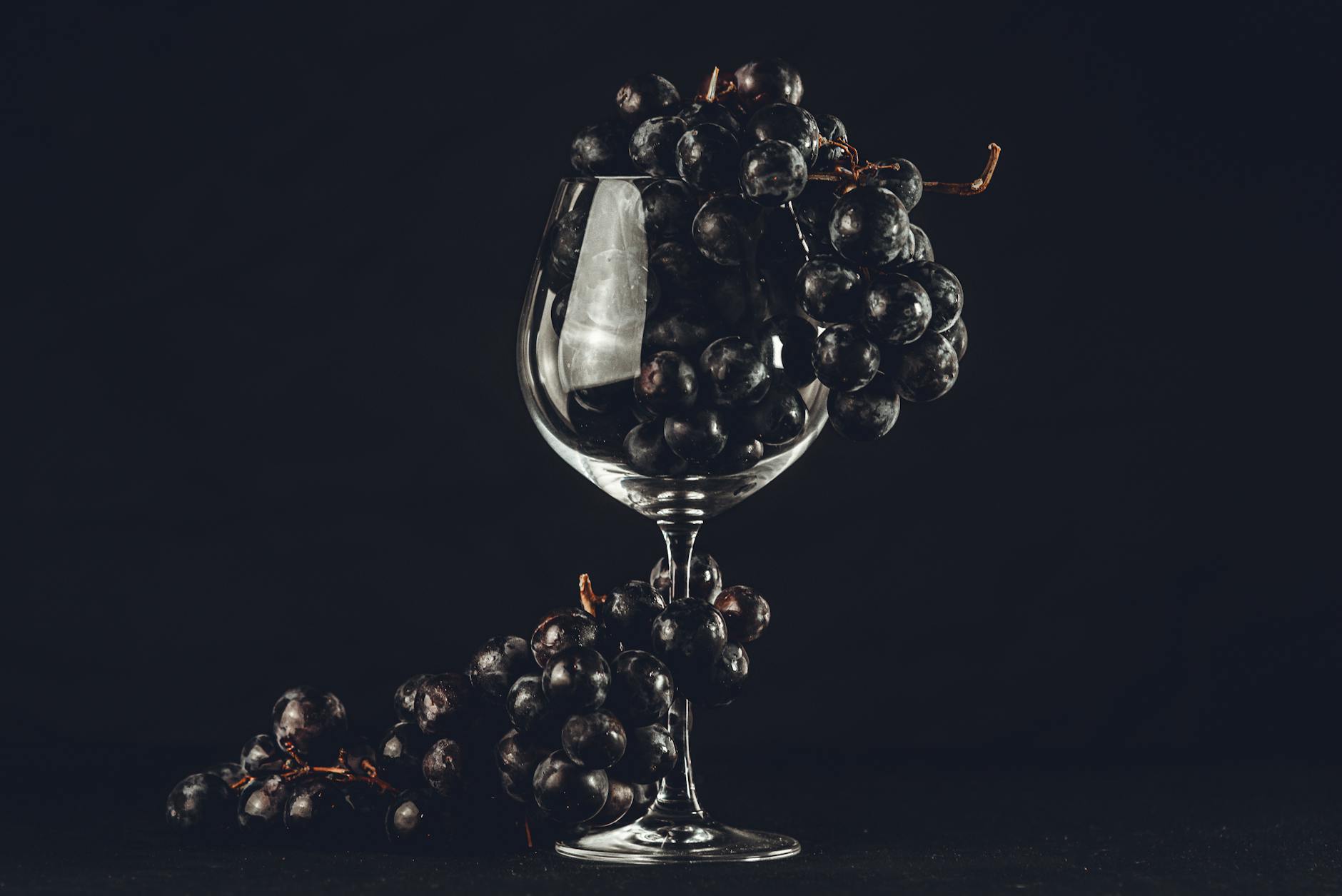
When people describe a grape varietal as “bold,” they’re talking about wine with standout swagger. Boldness means:
- Deep color: These wines look plush and inky or bright gold—no pale imitations here.
- Big aromas: Expect bold grapes to leap out of the glass with scents of spice, earth, berries, or flowers.
- Intense flavor: Picture loads of fruit, backbone from tannin or acid, and a finish that lingers—like someone singing the last note long after the music stops.
Bold isn’t all about muscle. Some grapes are bold because their flavors are unexpected, or their style is impossible to forget. If you want a head start on grape personalities, cruise through the must-know wine types for beginners for essential context.
New Grapes and Allergies—Is it Safe?
With new grapes hitting shelves, safety is top of mind for many. Most new varietals come from natural crosses or hybridization (that’s just family matchmaking for plants). They’re typically safe for the average wine drinker.
- Sulfites and allergies: Almost all wines, new or classic, contain sulfites. If you’re sensitive, check the label, but there’s no evidence these new grapes bring extra risk.
- Other allergens: If you’re allergic to specific grape species (rare, but possible), check the grape’s parentage. Some hybrids mix American and European stock, so if you’ve had issues in the past, ask your retailer or winery for details.
- Vegan alert: Some newer wines skip animal fining agents, but this varies. Look for “vegan-friendly” or ask the producer if it matters to you.
Basically, if you handle traditional wine well, these new grapes probably won’t throw you a curveball.
Can I Age Wines Made From These Grapes?
Not every bold-faced newcomer is made for the cellar, but a few absolutely shine with a little patience.
- Reds: Hybrids like Marquette or Teroldego develop soft tannins and richer flavors with 3-5 years’ rest. Think silkier textures and mellowed fruit.
- Whites: Godello and Grenache Blanc can pick up honey, almond, and wild twists after some bottle time, trading fresh zing for savory complexity.
- Classic tip: Check for structure—higher tannins, good acidity, and a solid finish are your green lights to age.
Snap up an extra bottle and stash it. If you forget it for half a decade, you might be pleasantly surprised at your own patience!
How to Taste Before You Buy
The best way to meet a new grape? Sample first, buy second. Tasting is easy when you know where to look:
- Local shops: Many offer free tastings, especially for limited edition or “staff favorite” wines.
- Winery visits: Tasting rooms roll out new releases, often before they hit the main market.
- Wine bars and by-the-glass: Try a pour before committing to a bottle. Many bars rotate their boldest bottles into the glass-pour list.
- Wine clubs: Subscription boxes sometimes highlight the newest oddballs, with detailed tasting kits included.
Want more insider tips? Explore smart tasting strategies in the guide to wine tasting basics for easy confidence.
Alcohol, Price, Pronunciation & Label Tips
The details can feel like fine print, but they’re key to cracking the code on new grapes.
- Alcohol: Bold reds often clock in at 13–15%, while many new whites hover between 12–13.5%. Hybrids bred for cooler climates may be a bit lower—check the label’s ABV.
- Price: Launch vintages can cost anywhere from $16 to $40, but rare or buzzworthy bottles may trend higher if demand explodes.
- Pronunciation: Don’t stress! For tricky grapes, say it slowly and with confidence. (Teroldego = “teh-ROLL-day-go,” Godello = “go-DAY-yo.”)
- Labels: Look for varietal info on the front; new grapes often get center stage. “Estate” or “single vineyard” indicates higher quality. If the name sounds like an indie band, you’re probably on the right track.
If label lingo confuses you, check out this visual crash course on what wine labels really mean to boost your bottle-reading skills. And, for a wider education on grapes, browse the 21 essential wine varietals for casual drinkers.
Are These Wines More Sustainable?
Sustainability is where many of these bold varietals shine. Vineyards are picking new grapes for reasons that make Mother Nature proud:
- Lower pesticide use: Many new hybrids resist fungi naturally, so growers use fewer sprays. That’s easier on the planet and sometimes on your body.
- Drought tolerance: Grapes bred for hotter, drier places need less water—a win for parched regions.
- Less manual work: Some grapes resist pests and diseases, cutting down on chemical treatments and tractor time.
Not every “new” grape gets a gold star, but a clear trend is underway. If you’re looking to support greener bottles, seek out details on the label or on the winery website. Sustainability is now as much a selling point as taste.
If you want a peek into how innovation is driving this push, see how drought shapes the taste of West Coast wines for a real-world look at climate-smart grape growth.
Conclusion
New grape varietals in 2025 aren’t just passing trends—they’re invitations to try something delightfully different. With bold flavors, fresh stories, and plenty of surprises, these up-and-coming bottles turn every sip into a small adventure. If you haven’t ventured outside your usual wine circuit, now is the time to shake up your next pour.
Step out of your grape comfort zone, explore these buzzy new picks, and let your taste buds wander. Share your wildest finds and top bottles with friends (or on social; bragging is encouraged). If you want party ideas or tips on prepping your first tasting, check out the Beginner’s Guide to Wine Tasting for an easy jumpstart.
Pour boldly but responsibly, swap discoveries, and help others stumble upon their new favorite grape. Thanks for reading—now go give that wine list or shop shelf a double-take. Which bold bottle will you claim as your next icon?
